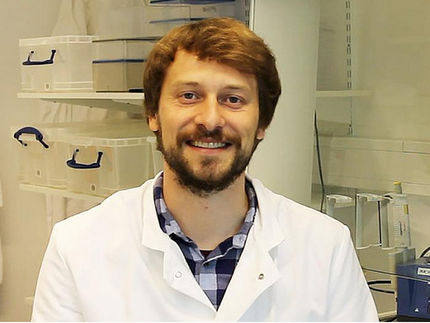GlaxoSmithKline and Sepsicure, L.L.C. Announce a Licensing Agreement on Compound for Treating Sepsis
Advertisement
GlaxoSmithKline plc and Sepsicure, L.L.C. today announce that they have reached a licensing agreement on a compound for the treatment of sepsis, the often-fatal result of severe bacterial infections. The compound is about to enter Phase II clinical studies.
Under terms of the agreement, GlaxoSmithKline will assume responsibility for the continuing development of the compound and gain worldwide marketing rights. Sepsicure, a company formed by The Rogosin Institute (Rogosin) and an affiliate of Metromedia Company, will receive an upfront fee and be entitled to further milestone payments as well as royalties on sales.
The compound, to be called GR 270773 while in development, is a lipid emulsion derived from a research program of Rogosin and Sepsicure. It is designed to bind and remove a bacterial toxin called endotoxin, the most common trigger of the complex series of biochemical and physiologic events leading to sepsis. Endotoxin is released into the bloodstream by bacteria in infected tissue; endotoxin is also produced by bacteria in the large bowel and can enter the blood when the protective barrier of the bowel is compromised by infection, other medical emergencies, or surgery. Endotoxin can then activate pathways of inflammation and blood-clotting, leading to severe sepsis, septic shock, multiple-organ failure, and death.
"Severe sepsis remains one of the leading causes of death in intensive-care units, a syndrome that cries out for new therapeutic approaches," said Dr. Tadataka Yamada, Chairman, Research & Development, GlaxoSmithKline. "We are eager to take forward the innovative work already done by Rogosin to meet this clear medical need."
Dr. Albert Rubin, President, The Rogosin Institute, remarked, "The toll taken by sepsis is high-high in suffering, high in deaths, high in financial cost to individuals and the healthcare system. It is imperative that we answer this tremendous challenge."
Seymour Wigod, Senior Vice President, Metromedia Company, added, "The emphasis in our medical affiliates is to transfer advances in research to clinical applications as quickly as possible. We look forward to Sepsicure's relationship with GlaxoSmithKline, whose long experience in the anti-infectives field promises to accelerate our efforts to bring this novel compound to physicians and their patients."
Wounds, burns, and surgery all may give bacteria routes of infection leading to sepsis. Current therapy consists of antibiotics and various types of supportive care, such as mechanical ventilation and renal dialysis. It is estimated that in major markets 1.5 million hospitalised patients develop sepsis every year. In cases of septic shock, the mortality rate can range from 30 percent to 50 percent. Owing to long hospital stays and the need for intensive care, the financial cost of sepsis runs high as well, ranging from $5 billion to $10 billion annually in the United States alone.
The therapeutic rationale for the lipid emulsion developed at Rogosin rests on a natural disease-fighting mechanism. Lipoproteins (complexes of protein and lipid) bind and neutralise bacterial toxins that are lipophilic ("fat-loving"), with the result that these toxins are cleared from the circulation. Yet in very ill patients, blood levels of lipoproteins are often low, and these low levels are associated with higher risk of complications and death from infection. The lipid emulsion, which is administered by infusion, provides a lipid that in combination with natural protein is remodelled into lipoprotein particles, thus reconstituting or enhancing the normal clearance system. The compound is intended to counter the effects of endotoxin before sepsis progresses to the point where therapeutic efforts become futile.
The activity of the lipid emulsion has been found encouraging in in vitro and in vivo models a






























































